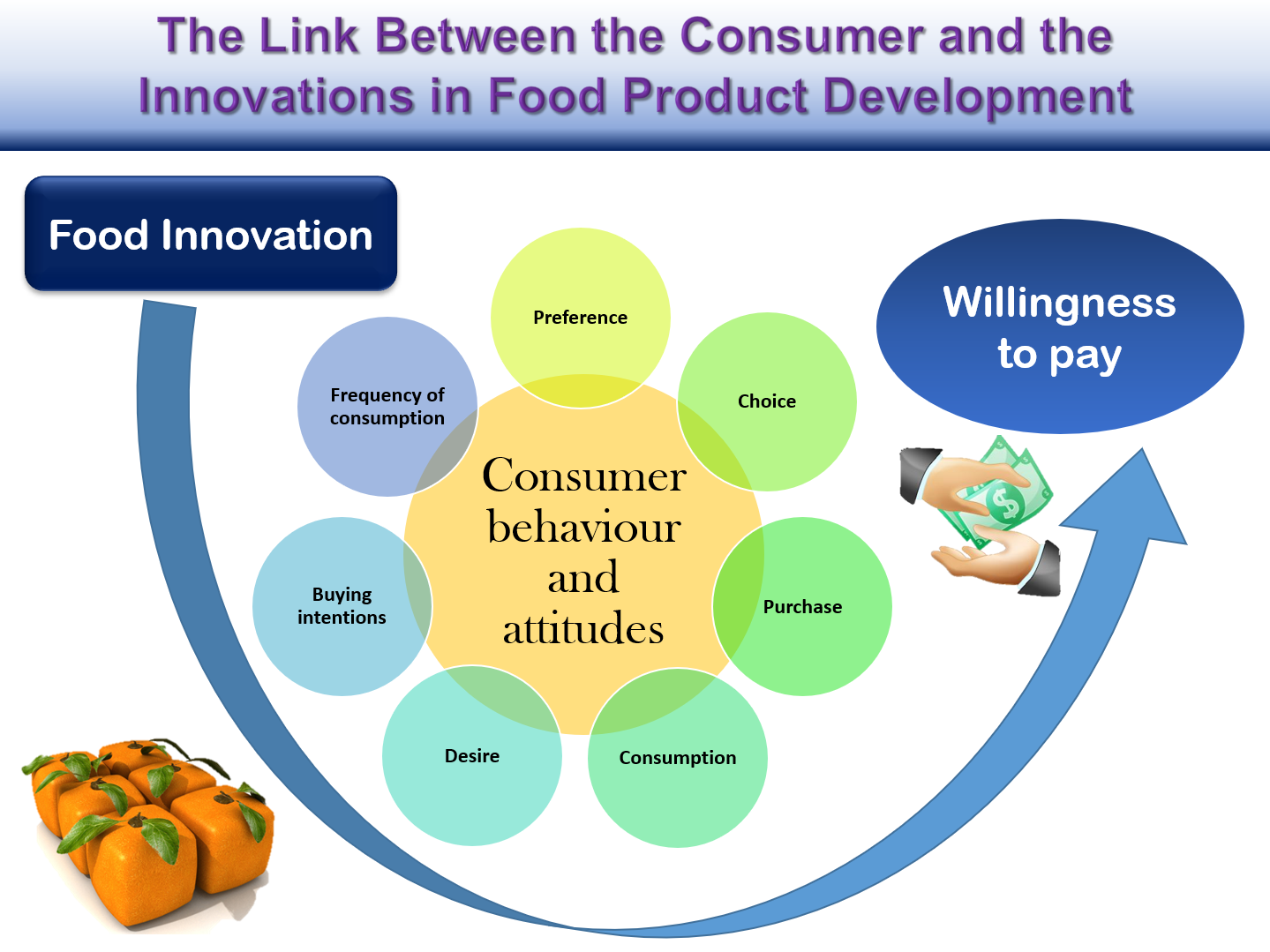Riding the Wave: Consumer Trends Shape Casual Products
In today’s fast-paced world, consumer trends play a huge role in shaping the products we see on the market. From fashion to technology, trends have a major impact on the way companies innovate and create new products. And when it comes to casual products, such as clothing, accessories, and home goods, consumer trends have a huge influence on the design and functionality of these items.
One of the key trends that has been shaping casual products in recent years is the rise of athleisure. Athleisure refers to clothing that is designed for both athletic activities and everyday wear, and it has become increasingly popular among consumers who value comfort and versatility in their wardrobe. This trend has led to the creation of innovative products such as moisture-wicking fabrics, compression leggings, and stylish sneakers that can be worn both to the gym and out on the town.
Another trend that has had a big impact on casual product innovation is the growing demand for sustainable and ethical products. As consumers become more conscious of the environmental and social impact of their purchases, companies are responding by creating products that are made from eco-friendly materials, produced in ethical factories, and packaged in sustainable packaging. This trend has led to the rise of brands that prioritize sustainability in their product development process, offering consumers a way to shop guilt-free.
In addition to athleisure and sustainability, consumer trends such as customization and personalization have also influenced the design of casual products. Today’s consumers value products that are unique and tailored to their individual preferences, leading to the rise of customizable clothing, accessories, and home goods. From monogrammed tote bags to personalized sneakers, companies are finding innovative ways to allow consumers to create products that reflect their own personal style.

Image Source: mdpi-res.com
The rise of technology has also had a major impact on casual product innovation, with companies incorporating high-tech features into their products to meet the needs of today’s tech-savvy consumers. From smart clothing that monitors your heart rate and activity levels to wearable technology that tracks your sleep patterns and fitness goals, companies are finding creative ways to integrate technology into casual products to enhance the consumer experience.
Overall, consumer trends play a crucial role in shaping the design, functionality, and innovation of casual products. Whether it’s athleisure, sustainability, customization, or technology, companies are constantly looking to consumer preferences and behaviors to create products that meet the needs and desires of today’s consumers. By staying on top of these trends and adapting their products accordingly, companies can ensure that they are meeting the ever-changing demands of the market and staying ahead of the competition.
Sparking Creativity: Innovation Inspired by Trendy Consumers
In today’s fast-paced world, consumer trends play a significant role in shaping the products we use in our daily lives. From fashion to technology, consumer preferences drive innovation and creativity in the marketplace. One area where this impact is particularly noticeable is in the realm of casual products. Whether it’s clothing, accessories, or home goods, companies are constantly looking to trendy consumers for inspiration on how to create the next big thing.
One of the key ways that consumer trends influence casual product innovation is through the concept of trend forecasting. This involves analyzing current consumer behaviors and preferences to predict what will be popular in the future. By staying ahead of the curve, companies can develop products that resonate with their target audience and set themselves apart from competitors. For example, if a certain color or style becomes popular among consumers, a clothing brand may incorporate that trend into their new collection to attract more customers.
In addition to trend forecasting, companies also look to trendy consumers themselves for inspiration. Social media platforms like Instagram and TikTok have become hotbeds for discovering new trends and gaining insight into what products are popular among a certain demographic. By monitoring influencers and trendsetters online, companies can identify emerging trends and tailor their products to meet consumer demand.
Another way that trendy consumers influence casual product innovation is through their desire for sustainability and ethical practices. As more consumers become aware of the environmental impact of their purchases, companies are under pressure to create products that are eco-friendly and socially responsible. This has led to a rise in the popularity of sustainable fashion brands, cruelty-free beauty products, and ethical home goods. By catering to this demand, companies can attract a loyal customer base and differentiate themselves in a crowded marketplace.
Furthermore, trendy consumers are also driving innovation in the customization and personalization of casual products. In today’s digital age, consumers are increasingly looking for products that reflect their individual style and personality. This has led to a surge in customizable products, where consumers can choose everything from the color and design to the materials used. Companies like Nike and Adidas have capitalized on this trend by offering personalized sneakers and apparel, allowing customers to create one-of-a-kind products that truly speak to their unique tastes.
Overall, trendy consumers have a significant impact on the innovation and creativity of casual products. By staying attuned to consumer trends, companies can develop products that resonate with their target audience and stay ahead of the competition. Whether it’s through trend forecasting, social media monitoring, sustainability efforts, or customization options, companies are constantly looking to trendy consumers for inspiration on how to create the next big thing in casual product innovation.
The Influence of Consumer Trends on Product Innovation